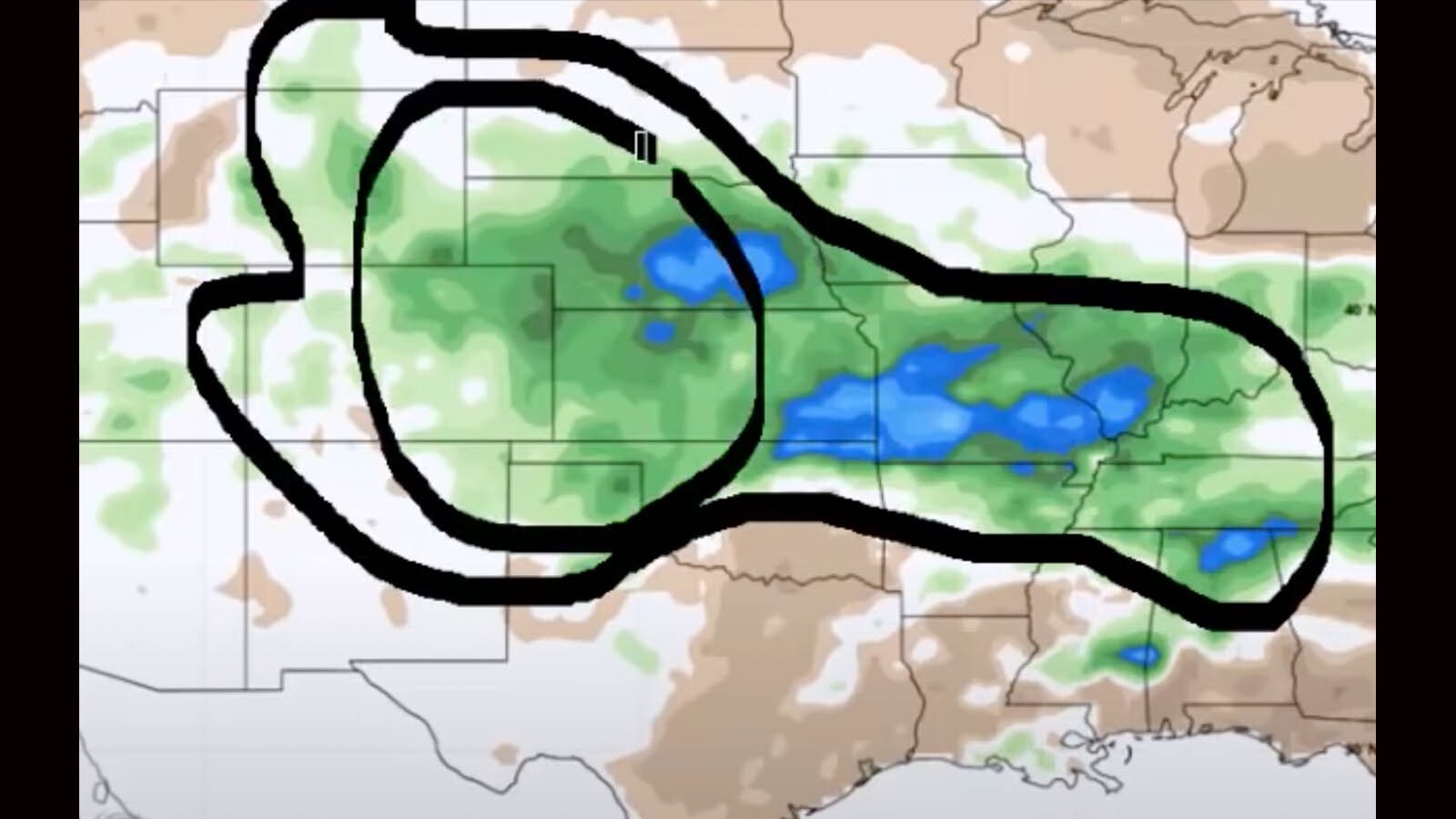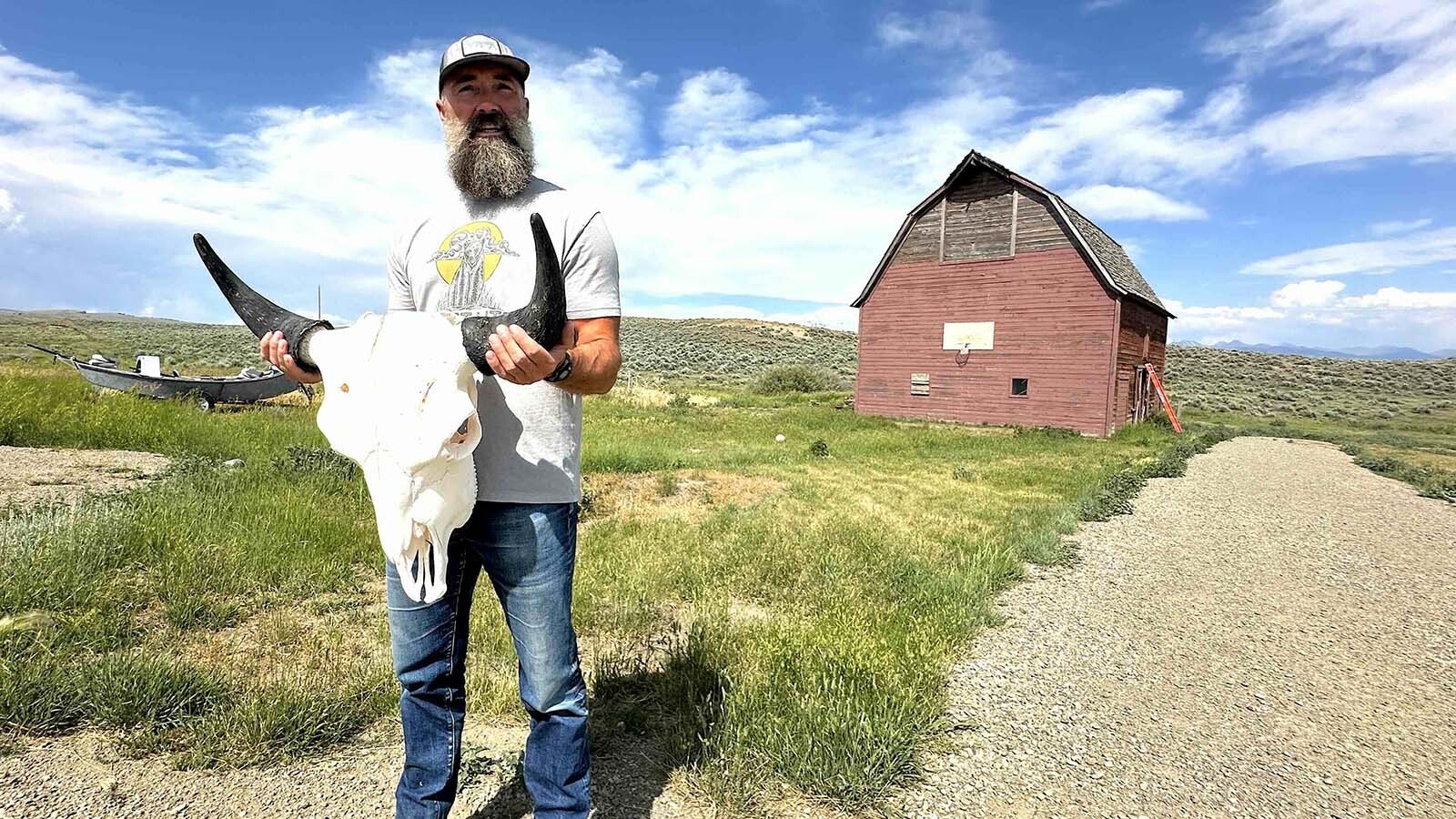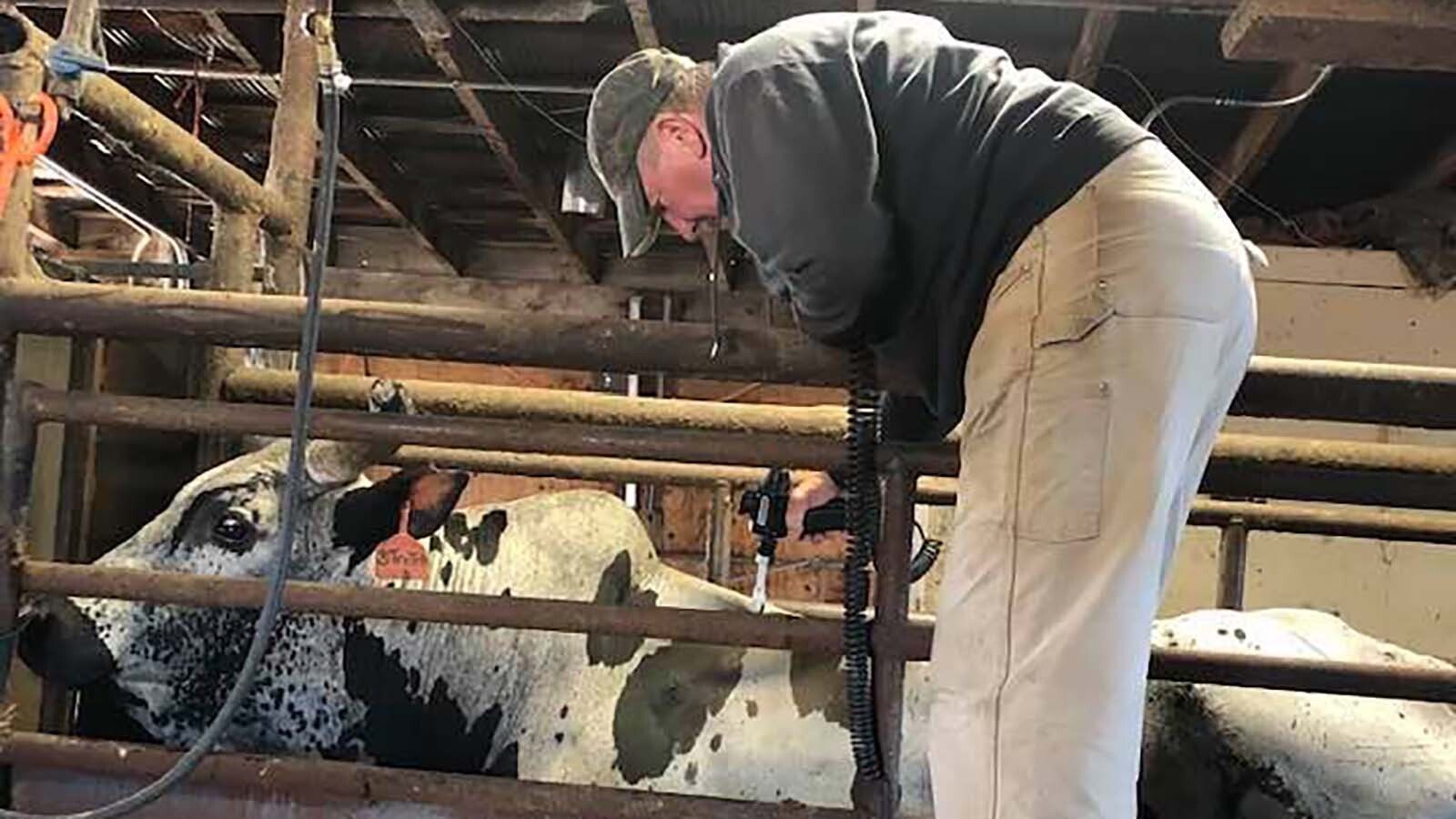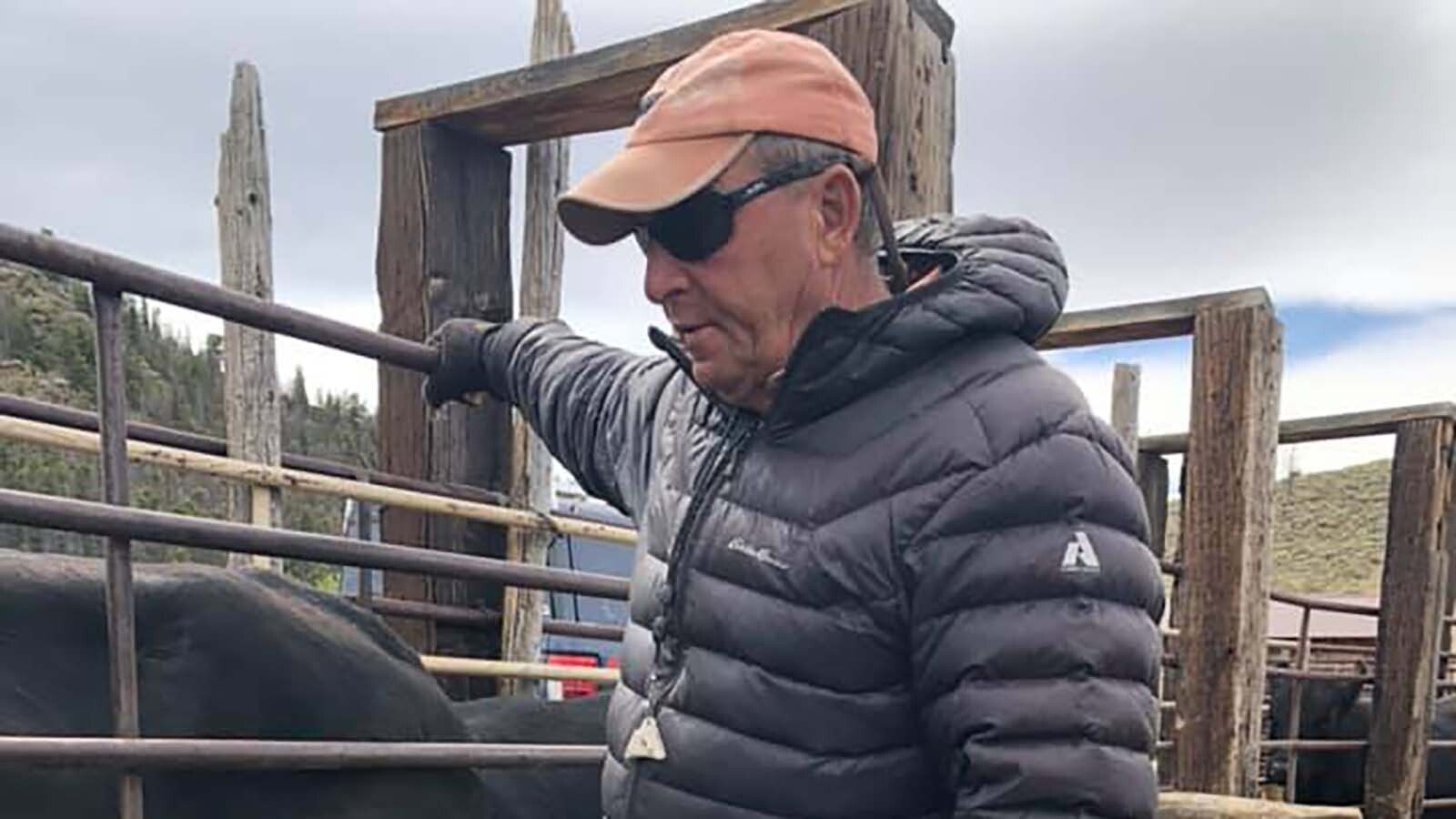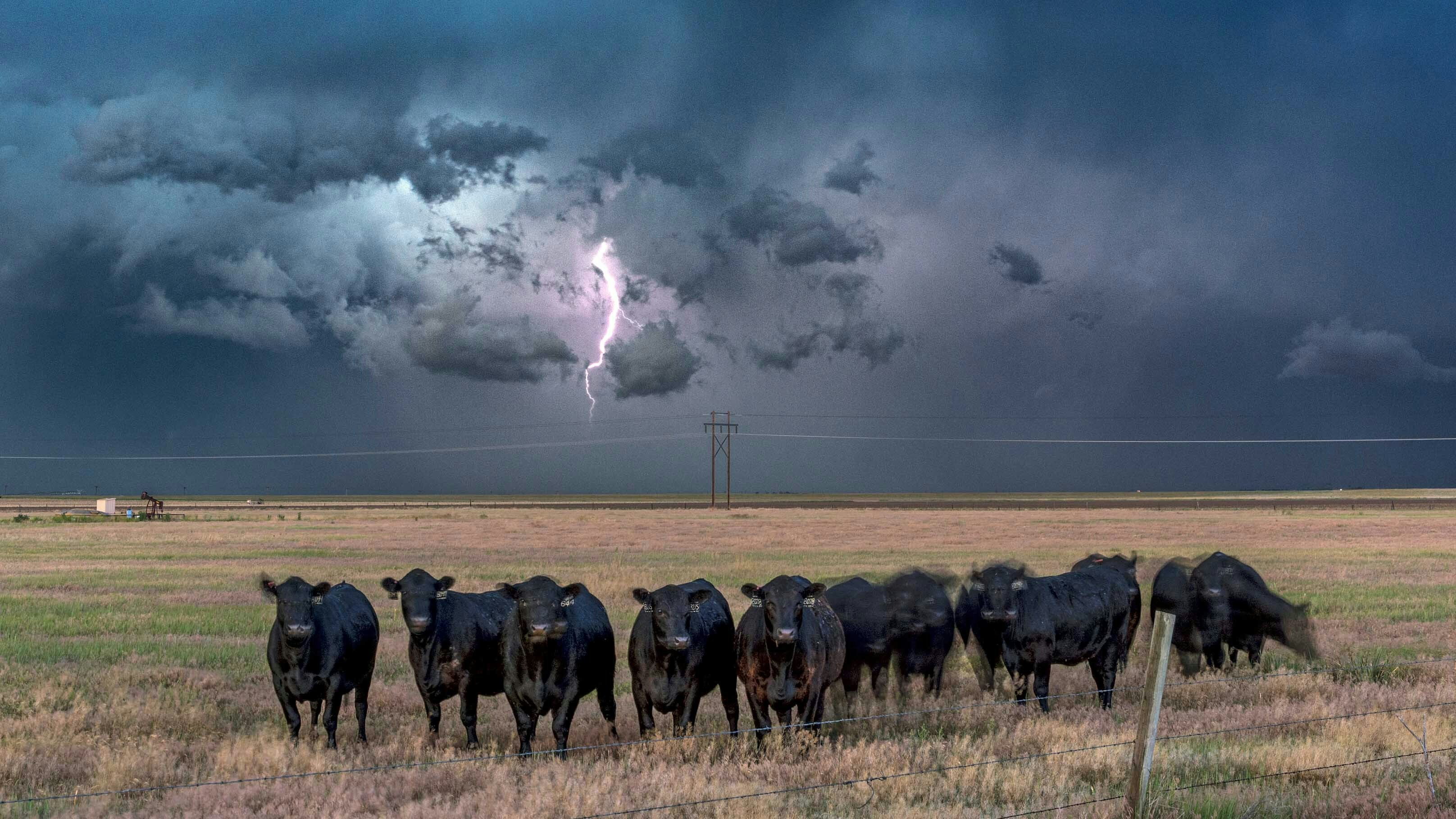By Jimmy Orr, Cowboy State Daily
Wet spring, dry spring.
Not the name of a banned Dr. Seuss book, but a question in the minds of many Wyomingites — a number of whom are hoping for the former.
With much of Wyoming experiencing a drought, a rainy (and snowy) few months would help, but even Wyoming’s weatherman, Don Day, isn’t sure what to expect.
The problem, he says, is competing computer modeling.
Day, of course, isn’t the standard “made for TV’ weatherman who bloviates in front of a green screen for three minutes at 5:30 and 10 p.m.
Day actually explains forecasting and the science behind it — like computer modeling and why it’s not all that it’s cracked up to be.
“We are always so suspicious — and you should be — of long-range computer modeling,” Day said on his Tuesday morning weather podcast.
He said European and Canadian computer models predict a “very dry” spring, but the American computer model, which the National Weather Service puts out, is showing the exact opposite.
“You could’t have more of a disagreement,” Day said. “So you have to wonder: What does this model see that could make it so wet?”
Day said there’s a difference between sea surface temperatures. He is a big believer in the interaction between sea surface temperatures and weather patterns in the western high plains.
If the predicted temperatures are cooler than average — like the European and the Canadian models show — that means we’ll have a drier than normal spring.
The American model, on the other hand, is showing warmer sea surface temperatures and a near-elimination of La Niña — a weather pattern that makes it drier and warmer over our area. El Niño produces the opposite effect.
Which model does Day believe? He’s going for majority rule.
“It’s more likely that the European and the Canadian models are correct,” he said explaining that sea surface temperatures are cooling right now along the west coast.
“While La Niña is weakening near the equator, it’s still there, it’s not gone,” he said. “And for the last 90 days, the whole eastern Pacific has cooled off.”
So, in order for the American model to be correct, something has to reverse that trend and he doesn’t see it.
At the same time, however, Day acknowledges that his speculation is just that — speculation.
“You should be very skeptical of all climate and meteorological models that look out over five days,” he said.
Day did say, however, that the historic snowstorm that hit much of Wyoming earlier this month was helpful.
“It was a godsend,” Day said. “It really helped us out. But we’re not out of the drought yet.”

